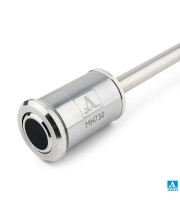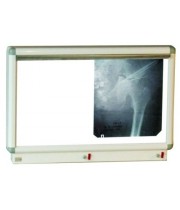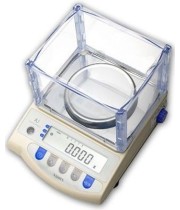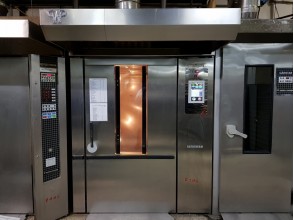Система диспетчеризации коллектора на базе контроллера ОВЕН ПЛК110-30-ТЛЧитайте последние новости здес..............
ОсОО"EASY LIFE"для компании Шоро нужно было в оперативном порядке видеть количество воды (литр) в 8 восьми танкерах.EASY LIFE - справилась с поставленными задачими. Изначально в тестовом режиме все проверили. Потом сделали в продактшене: OWEN CLOUD - в режиме онлайн можно видеть количество воды в танкерах. погрешность - 100л. Два танкера по 5..
ОсОО"EASY LIFE"Проект ОАО "Кошой" заключался в автоматизации Сахарного Завода.Комания "EASY Life" полносью сделала всю свою работу по ТЕХ.Заданию завода:Система автоматизации. Программа. Облачный сервис - OwenCloud. Отдел пробоотборника - свеклы. Наши контакты: Кыргызстан, г. Бишкек, ул. Шопокова, 89/2, 1326Б+996 779 880 ..
Виноделие – сложный технологический процесс изготовления вина, требующий контроля каждого шага производства. Благодаря современному оборудованию для автоматизации это стало намного проще и доступней.На предприятии UPPA WINERY (г. Севастополь) был разработан и установлен шкаф управления на базе оборудования ОВЕН. В шкафу реализована система, позволя..
Компания ПРОЕКТ-П разработала для компании «Эверклин» (г. Москва) систему автоматизации оборудования производства автохимии. Торгово-производственная компания «Эверклин» разрабатывает, производит и реализует под торговой маркой LERATON автохимию и товары для автомойки и детейлинга. В целях расширения и модернизации предприятия б..
Блок управления вентиляцией OWN разработан на базе свободнопрограммируемого контроллера ОВЕН ПЛК6З, позволяющего реализовать практически любой алгоритм управления для приточно-вытяжной и приточной вентиляции. Программой контроллера предусмотрены все необходимые стандартные функции, такие как: — Активная защита теплоносители по воде и возд..
В компанию «Северные Энергетические Системы» обратились сотрудники Северодвинского Хлебокомбината (Архангельская область) с просьбой в решении вопроса ремонта и модернизации системы управления трех ротационных печей Rothoterm WP производства Германии. Ротационные печи Rothoterm WP используются для выпечки хлебобулочных и кондитерских изделий.Заводс..


























